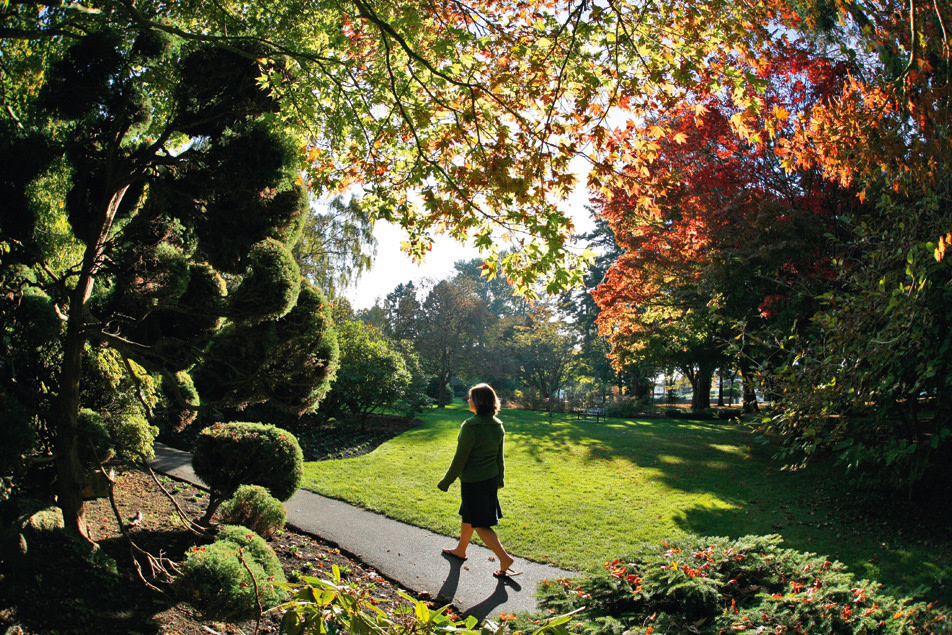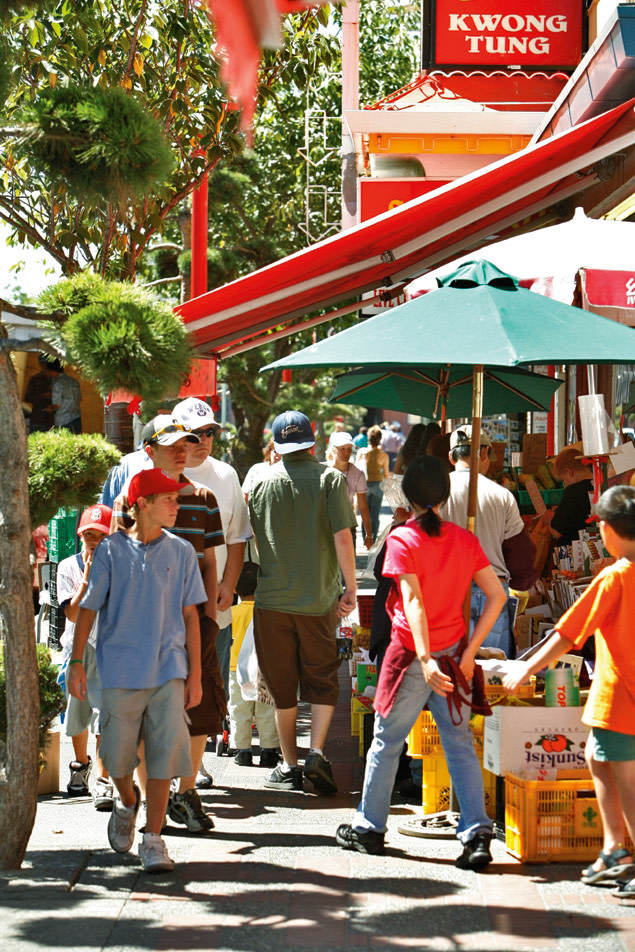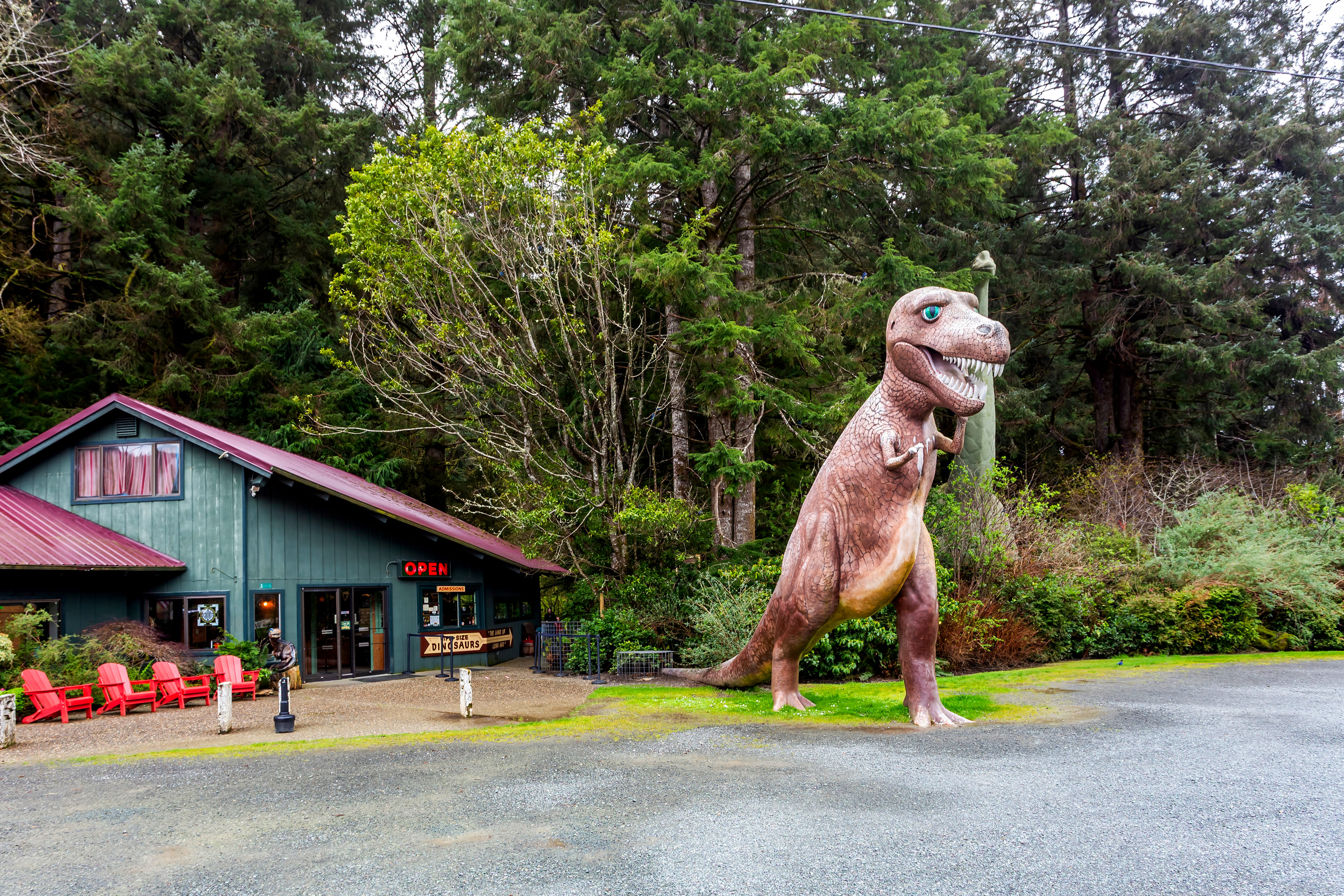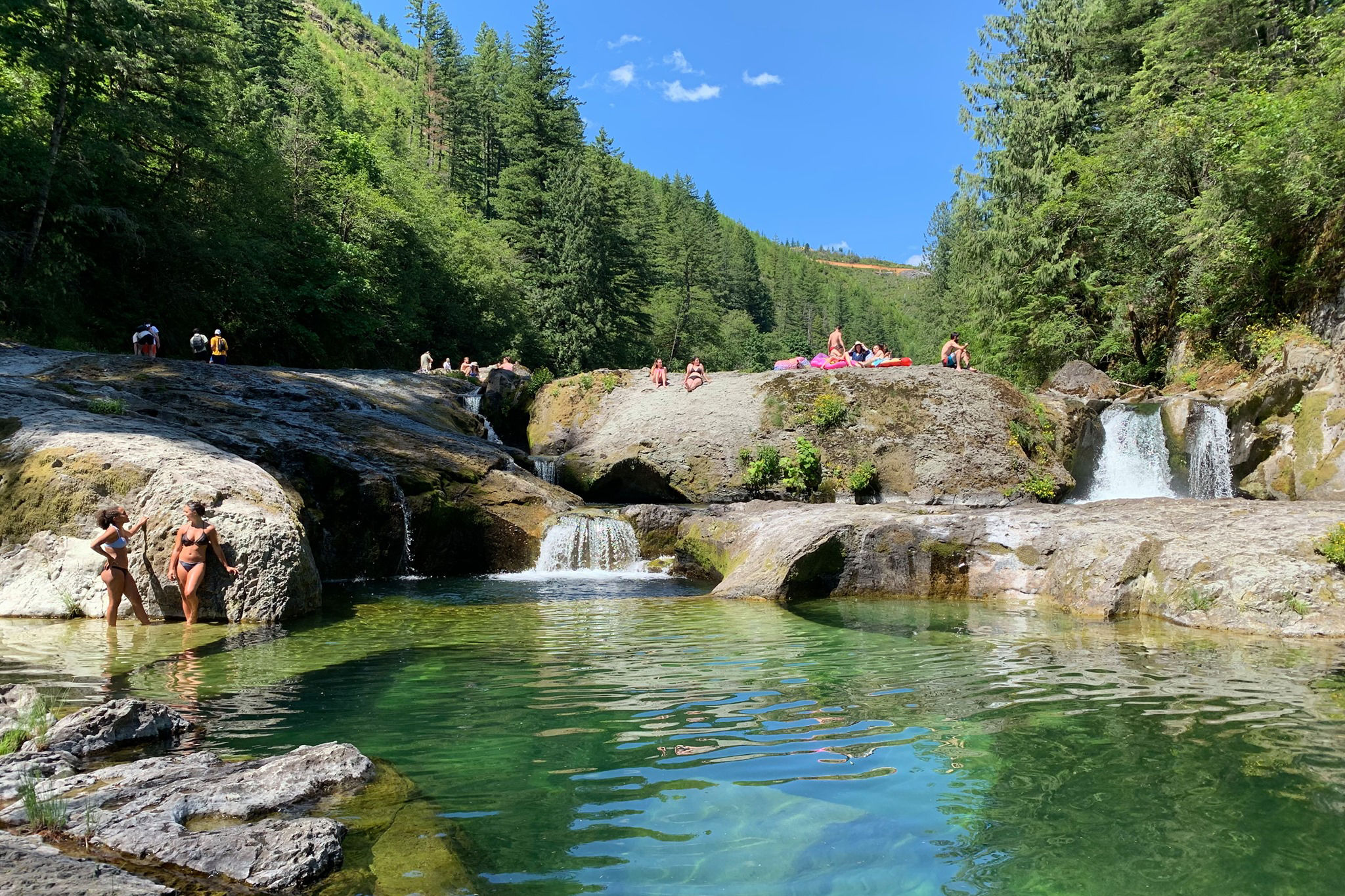Victorian Queen

Beacon Hill Park, a large greenspace in Victoria, BC’s James Bay neighborhood.
Image: Deddeda Stemler,Deddeda Stemler
TRAVELING IS MOSTLY about discovering new things, but there’s a lot to be said for replaying your favorite standards. Every time I’m in Paris, for instance, I happily return to my favorite pastry shop, Gérard Mulot, just to stuff myself with giant slabs of clafoutis. I love it. It’s mine. Kailua Beach on Oahu brings back strong memories of my eldest son’s first year, when we lived across the street from the Pacific; I always sink my feet into Kailua’s sands within a day of landing in Hawaii. And no trip to New York City is complete without a stroll through Washington Square Park, where I spent my younger days watching chess matches while politely turning away drug dealers.
For less-sentimental reasons, reasons that border more on laziness, when I’m in Victoria, the capital city of British Columbia on the southern tip of Vancouver Island, I always take tea at the very English Fairmont Empress Hotel in the city’s Inner Harbour. I love it. It’s mine. Unfortunately, these days, hundreds of cruise-ship passengers feel the same way. They arrive by the busload and so overtax the tea service that tables have to be set up in surrounding venues to accommodate everyone. And the price of high tea at the Empress has risen to a shocking Can$55 (about US$50), which could buy an awful lot of good coffee and doughnuts.
It rather dilutes the Englishness of the experience to have a gaggle of picture-snapping grandmas descend upon your tea service. So I vowed to break my pattern and make my most recent trip a tea-leaf-free one. I would explore Victoria’s neighborhoods, which meant getting past the very British façade that greets travelers. This isn’t entirely easy to do. The Inner Harbour makes a convenient nexus for visitors, and it’s easy to fall for its British-ness, in the form of the stately, Oxfordian Parliament Buildings, the Tudor pubs, the bright-red double-decker buses, and the Buckingham Palace-like Empress herself. Tourist traps beckon, and I enjoy wax museums as well as the next man.
With every fiber of my being crying out “Earl Grey and scones with clotted cream,” I tore myself away from the Harbour and began to explore. Away from the tourist zone, Victoria is a thriving metropolis of some 330,000 residents (depending on how many outlying neighborhoods you include—a favorite point of contention among locals). The architecture ranges from Victorian-era structures, such as the 1890s Craigdarroch Castle, to the kind of modern glass high-rises that have begun to transform downtown Vancouver. Woven throughout is the kind of charming street life and local culture that seems to be equal parts British and American, and winds up being uniquely Canadian: fussy gardens next to houses made from reclaimed shipping containers; hockey moms drinking pints of bitter alongside tattooed and pierced vegan snowboarders.

A bustling Chinatown.
Image: Deddeda Stemler,Deddeda Stemler
Walking north on Government Street, I wandered into the LoJo (Lower Johnson) district, a menagerie of stores, cafés, and funky independent coffee shops. Curious Comics brimmed with Wonder Woman action figures and a full rack of Tintin books. Fisgard Street, the main drag of Victoria’s winding Chinatown, was nearby. I squeezed myself into Fan Tan Alley, a narrow passageway, and almost emerged with a bamboo ladder before thinking better of trying to stow it on the plane.
From Chinatown, I crossed the Johnson Street Bridge and entered Dockside Green, an industrial area on the waterfront that’s now dominated by high-rise buildings, pocket parks, and budding retail pods. What was once a cavity of decrepit warehouses and dead space will soon be Victoria’s newest and greenest community. City views across the channel are reminiscent of the panorama of downtown Portland visible from OMSI. “[The design] reflects our progressive approach,” says Cliff Leir, who opened his bakery, Fol Epi (rough translation: “wild wheat stalk”), in Dockside Green earlier this year. “Soon enough there’ll be 3,500 people here.” Most of whom, no doubt, will stand in line for Leir’s breads, all baked on-site from Saskatchewan wheat.
Across the street was a trailhead for the Galloping Goose Trail, a paved and gravel road that extends thirty-one miles along a reclaimed rail bed to the outlying community of Sooke. I thought about taking a long bike ride, but instead backtracked to the quiet elegance of the James Bay neighborhood. Here I discovered Beacon Hill Park, an enormous greenspace crisscrossed by walking and biking trails and a lovely waterfront path. Sun-worshipping Victorians clogged the paths, so I kept walking … and wandered into a secret. While tourists head in droves to Butchart Gardens—an admittedly majestic but usually crowded fifty-five-acre floral display—the locals get lost in Playfair Park, where hundreds of species of rhododendron and azalea and several species of camellia explode into beautiful blooms every spring.
By the time the sun went down I’d ended up in Fernwood, a neighborhood that reminded me of the very English Victoria I’d escaped. The local high school was an imposing brick fortress that could double for a Dickensian debtor’s prison; the Fernwood Inn sported pristine Tudor architecture—even the Belfry Theatre, a converted church, seemed like the kind of place Shakespeare would’ve favored. But what was going on inside squelched any thoughts I had about the monarchy. The show was called BASH’d!, a musical that billed itself as the world’s first gay rap opera. On that point I had to trust them.
For a solid, mesmerizing hour, I sat rapt as two energetic young performers—one named “Feminem”—kissed, rapped, and acted out their tongue-in-cheek tale of, as they put it, “Romeo meets Romeo.” Beau Breedlove would’ve blushed.
Leaving the theater, I realized I hadn’t thought about Earl Grey in hours; my fixation on all things Anglophile now seemed like some sort of passing phase. Coffee, comic books, neon rhododendrons, and brash queer theater set a new standard for Victoria. I love them. They’re mine.




